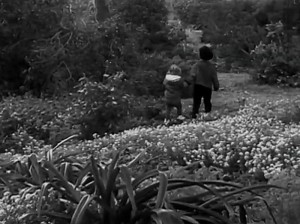
"We open with a little boy standing on a box in a telephone booth; his little friend is too busy or not of a receptive mood for the boy friend. Hurt as he is, he goes into the park and laments his failure to lure the young lady. He is about to resolve a life without women when a young (very young) girl comes into his perspective. His agile mind responds and he sets about to make an impression using many approaches of demure and sophisticated charm. His success was not exactly complete. Finally she visits the "girls" room. Her long delay is too much for the young man, so he makes another telephone call and hurriedly leaves the scene. The commentary is enhanced by the sophisticated French voice. This will be included in the Package" PSA Journal, Oct. 1962, 34.
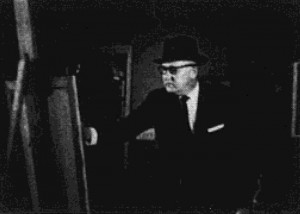
"A bit of humor comes to the fore when an artist, copying a famous painting, leaves his easel unattended. Sundry persons passing through cannot resist the urge to apply the pigment, just a helpful touch. Even the pictures on the wall take note of the goings on" PSA Journal, Oct. 1961, 49.
A Catalonian film by Mr. John Salvans about camping in the Pyrenees.
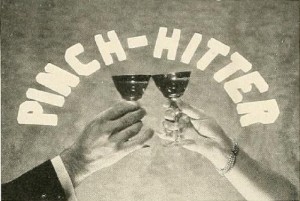
"Pinch Hitter, a photoplay by Charles J. Cafbonaro, has been given Honorable Mention because of its continuously sustained technical brilliance in the face of many problems of cinematic story telling. A suave situation comedy, it presents the dilemma of a girl who is asked once too often by her roommate to substitute for her on a temporarily undesired date. In time, the pinch hitter goes to bat for herself, knocks out a home run and leaves her roommate caught flat footedly out. In presenting this comedy of manners, Mr. Carbonaro has been helped by good acting from his players but hindered by not quite a light enough touch in the film's pace and direction. The lighting and camera work, which are genuinely of top flight quality, go far but not quite far enough in disguising this one weakness." Movie Makers, Dec. 1936, 550.
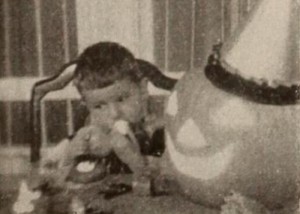
"To those filmers who have had the dubious honor of trying to direct a group of young, obstreperous children who somehow seem to persist in shyly gazing into the camera lens, Harlan M. Webber should be able to give some sound advice. Charming, but not cunning, Pinocchio's Jack-O'-Lantern seems to solve all the usual deficiencies which attend a film starring children. With a sure camera sense, Mr. Webber uses sparkling lighting and imaginative camera viewpoints to bring out the Peter Pan quality which pervades the Halloween party given by his son. The picture opens with startlingly clear shots of the small boy reading a Halloween book and continues with him helping his mother prepare the refreshments for the coming party. In a spirit of understanding and finesse, the filmer follows the antics of the disguised children through the party itself and on to the usual doorbell ringing, where they heinously blackmail the neighbors for candy, cookies and cake. Nostalgically provocative, the film exhibits a buoyant naturalness which would delight any audience." Movie Makers, Dec. 1946, 486.
"Pipe Dreams, by Joseph Dephoure, ACL, and Edward Atkins, ACL, is ranked among the year's ten best because of its considerable triumphs over dramatic and technical difficulties. Through the imagination of its producers, a small cast, simple settings and moderate footage have been used to tell a big story, rich in pictorial effect. Dreaming that he has murdered his unfaithful wife, a young man sees in prospect the swift and fearful course of his life to the waiting gallows. The murder, the trial, the death cell and the hanging are represented in large part only by the imaginative and striking use of shadows of the real scenes. Occasional straight shots are heightened in effect by unusual angles and dramatic lighting. Sensitively planned, smartly executed and deftly cut, Pipe Dreams makes its simple story exciting and forceful." Movie Makers, Dec. 1933, 500.
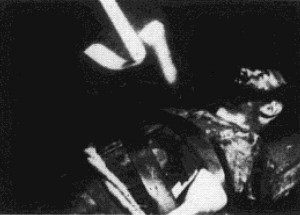
"We have the creation of an audiovisual of Edgar Allen Poe's classic. Mr. Cowel's picture interpretation gives the dimension of life to Mr. Poe's terrifying drama. A prisoner of the Spanish Inquisition at Toledo, in a dark dungeon, describes his horrible tortures" PSA Journal, Oct. 1961, 48.
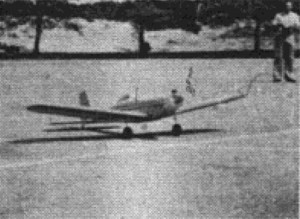
"One must enjoy a great deal of fun in building and flying the midget airplanes. Not the rubber-band motors, but the real one-cylinder petrol engine with radio control. We witness the construction and flying of the miniature craft" PSA Journal, Nov. 1960, 42.
"Plato in Amerika deals with the new life a young fellow from the Old Country finds in America. From working as a waiter in a restaurant to shooting dice with his friends, we see him dancing, brawling, wenching, and embarrassing his parents. When at last he is forced to marry one of his girl friends and later is seen romping with his children, he smiles at the camera and decides "this is life" PSA Journal, Sept. 1965, 51.
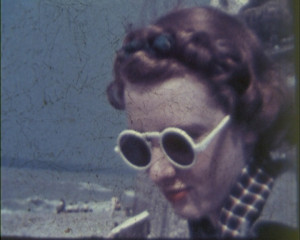
"Amateur filmmaker, cinema historian and railway engineer H.A.V. Bulleid employs his flair for amateur production to spice up his home movies of a romantic trip to France. Acting in a moment of impulse, a man proposes to take his female friend to Paris. Leaving behind Dover's white cliffs, they arrive in Calais 'in less time than it takes to read the Bible'. Once their car - named 'Tilly' - has been unloaded, they set out to Paris via Le Tréport, Belleville, Rouen and Louviers. Arriving in the French capital they head straight to 'the film director's joy', the Avenue des Champs-Élysées and L'Arc de Triomphe, visit the Paris Bourse and tour the city's streets and boulevards. Pausing for a drink, they continue on to Place Saint-Augustin and Montmartre, dining at Moulin de la Galette - 'a tourist's paradise...pay double and eat half' - before catching a film at Studio 28. Tearing themselves away from the city of light with one last drink at Cafe George V, they drive through a gathering storm to Étaples and on to Le Touquet-Paris-Plage, 'haunt of motion picture stars', before a flurry of editing retraces their trip, marked out on a map" (EAFA Database).
Total Pages: 203